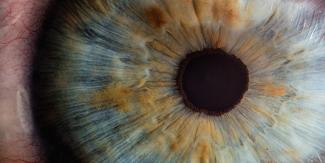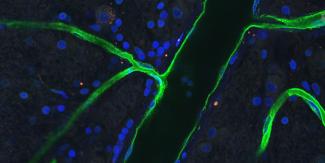
Theme 1: Molecular, Cellular and Eye
Discoveries in the molecular, proteomic and cellular make-up of eye tissues.
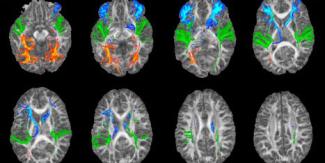
Theme 2: Brain Imaging and Artificial Intelligence
Development of neuroimaging, computational algorithms/artificial intelligence (AI) to identify biomarkers that can distinguish between healthy and disrupted eye and brain function.
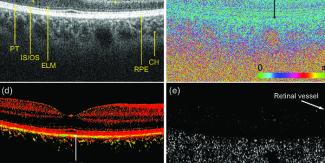
Theme 4: Ophthalmic Imaging for Eye and Brain Disease
Development of cutting-edge imaging devices to diagnose eye diseases and identify ocular biomarkers to diagnose brain diseases.
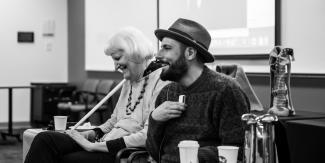
Theme 5: Accessibility of Vision Care and the Multisensory Experience in Society
Exploration of the cultural significance of vision and vision-loss among Indigenous communities, and the current challenges in eye health faced by remote and marginalized communities.

